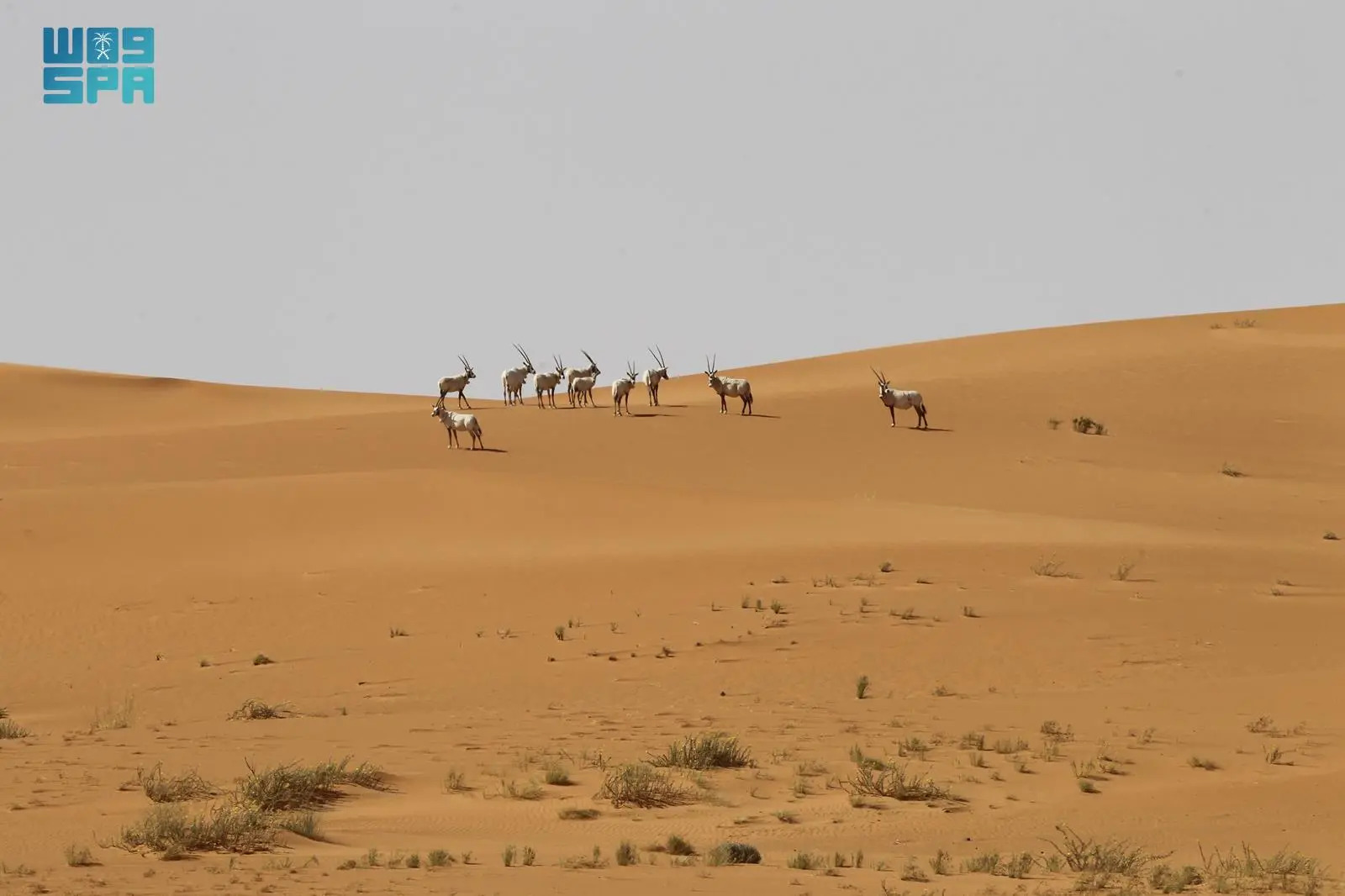Riyadh, Saudi Arabia — The Uruq Bani Ma’arid Reserve in Saudi Arabia has been inscribed on the UNESCO World Heritage List, becoming the Kingdom’s first UNESCO Natural Heritage Site.
The decision was taken during the extended 45th session of the UNESCO World Heritage Committee held in Riyadh between the 10th and 25th of September.
Situated along the western edge of ar-Rub al-Khali (The Empty Quarter), Uruq Bani Ma’arid Reserve occupies an area of over 12,750 km2 and is the only major sand desert in tropical Asia and the largest continuous sand sea on Earth.
With a world-class panorama of the sands of the Empty Quarter and some of the world’s largest complex linear dunes, Uruq Bani Ma’arid Reserve embodies outstanding universal value.
It is an exceptional showcase of the environmental and biological evolution of flora and fauna in Saudi Arabia and provides vital natural habitats for the survival of more than 120 indigenous plant species, as well as endangered animals living in harsh environments, including gazelles and the only free-ranging herd of Arabian Oryx in the world.
The reserve contains a range of extensive natural habitats vital to the survival of key species and includes five sub-groups of the Kingdom’s national ecosystems, which is vital to maintaining the site’s biodiversity.
The inscription of the Uruq Bani Ma’arid Reserve as a World Heritage Site comes as a result of joint national efforts by the Saudi Ministry of Culture, the National Commission for Education, Culture and Science, the National Centre for Wildlife, and the Heritage Commission.
The inscription of the Uruq Bani Ma’arid Reserve adds to the six other Saudi UNESCO sites, which are Al-Ahsa Oasis, Al-Hijr Archaeological Site, At-Turaif District in ad-Dir’iyah, Ḥimā Cultural Area, Historic Jeddah, and Rock Art in the Hail Region.
Saudi Minister of Culture Prince Bader bin Abdullah bin Farhan Al Saud congratulated Saudi Arabia’s leadership on this inscription, which he attributed to unwavering support for culture and heritage in the Kingdom and reflects Saudi Arabia’s vast culture and biodiversity across its regions, according to SPA.







